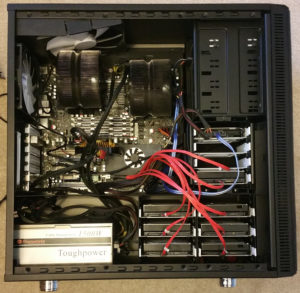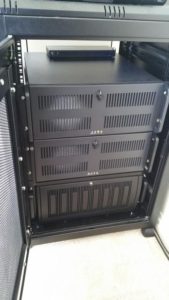One of my Opensuse workstations fell over. Weird problem with the login, the sddm-greeter was crashing on start. I reinstalled a bunch of things but it would not come back to life. I decided that the system could do with a restart, the partitioning was a mess and the bootloader was badly installed. The system hadn’t been reinstalled for a lone time.
I decided that I need this system to be stable, and Opensuse gets updated too frequently for some of the software that I run leaving me solving problems with missing libraries or incompatible versions of software. A Linux distro with a longer lifecycle was in order.
My initial thought was to install Centos 7, its RPM based (what I am used to) and has the required stability. However I had problems with Centos and NVidia drivers! Once installed the system would login! Rather than spend ages figuring out how to fix it I decided to which to Ubuntu, or rather Kubuntu (I am a fan of KDE). As a user of Debian for my servers I wasn’t expecting any problems. BTW the partitioner in the Centos install is a mess, they need to sort that out.
Kubuntu was straightforward to install, no problems and the partitioner is easy (take note Centos). I did have a problem that I have encountered before with Ubuntu was that the GUI crashed shortly after system start. This seems to be a problem with the opensource NVidia driver. If you drop to runlevel 3 you can install the proprietary driver and its fine. Which is ok if you don’t mind using it. So far getting the system setup has been painless and I am happy to have the system going again without problem. Now to restore all the data and apps!

